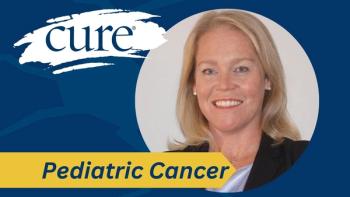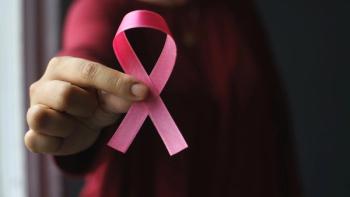
Preparing to Exercise
What to know before beginning an exercise program
Everyone can do some type of activity. But it’s important that patients keep in mind a few general precautions before exercising during cancer treatment.
Patients who were already active may have to slow down a bit during treatment and perhaps not exercise as intensely as they had before. They should assess how they feel and avoid pushing themselves. It’s important for patients to communicate with their healthcare providers about their planned physical activities before they begin.
People who were sedentary before should start slowly, adding more intensity and frequency as they are able. Patients should consider how active they were before treatment and adjust accordingly.
Side effects of treatment can determine the most appropriate type of exercise. For example, someone with neuropathy may have numb toes, which would make riding a stationary bike a better choice than walking on a treadmill. Patients experiencing lymphedema have long been discouraged from upper body strength training or vigorous activity, but a number of clinical trials have shown that not only are these activities safe for these individuals, but also may actually reduce the incidence and severity of lymphedema. Patients must talk to their doctors to determine what is safe.
Patients who are undergoing frequent chemotherapy treatments may have lower immune function and should avoid working out in public places, such as gyms. People who are having skin reactions from radiation treatments and those with open wounds or catheters should avoid swimming in chlorinated pools.
An upper-body port may necessitate temporarily avoiding upper-body strength training. Patients with advanced disease who experience limitations due to bone metastases should discuss exercise with their healthcare provider and generally use pain or discomfort as a guide for what type of activity to avoid.




